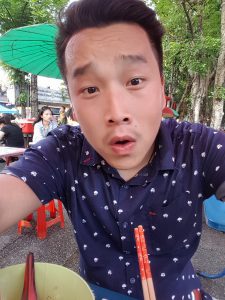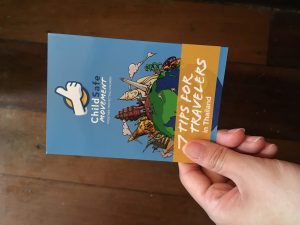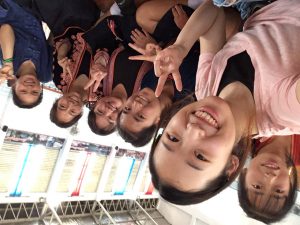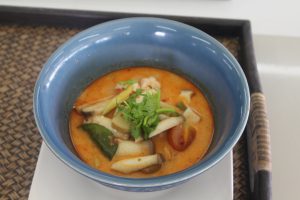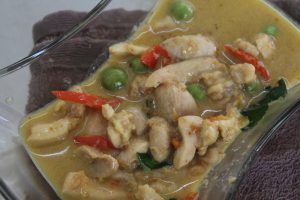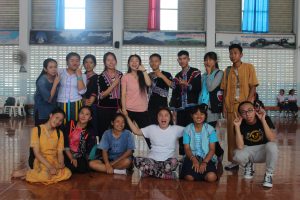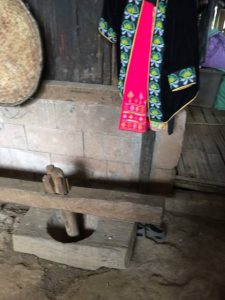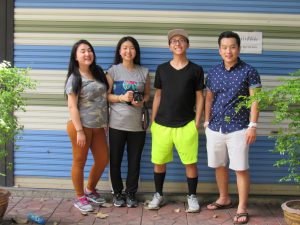Thailand has been an absolutely amazing experience so far. Our days are jam-packed full of activities and it has kept me on my toes. The essence of Thailand is vastly different than the essence of America. The people here are all so hospitable. Some people believe that respect is earned, while others believe respect is a given until proven otherwise. Everyone here seemingly believes that everyone deserves respect. Although Minnesota is known as the nice state, a lot of people aren’t naturally warm and kind towards strangers (especially in other states). The people here are so refreshing with their warm nature and value of kindness and compassion. America values independence. I do align with independence and doing things for myself, but I also love that in Thailand, people seem to look out for each other. The community is more cohesive than individualized. I am not saying one country is better than the other in this context, but I really do appreciate the mentality here. Moreover, people just do tasks more organically over here. They aren’t anxiety driven about the future or doing things in the fastest way. For example, we visited a Hmong hill tribe village yesterday and they showed us how to make cloth for clothes and other products from scratch. We were shown the process of using the hemp that they plant and how to make it conducive for clothes, purses, blankets, etc. The process took time and concentration. It was beautiful to see that not everyone only cares about mass production and making money, but that people still do things the “old fashion way”. Below is a picture of the hemp being made into cloth in the Hmong village:

Going to the Buddhist temple and talking with a monk has been the experience that has catalyzed me to be the most introspective thus far. Learning about Buddhism from the source was so informative and touching. We learned that Buddhism is a philosophy, rather than a religion. Kay Kay was the name of the monk we talked to. Kay Kay explained to us that the key elements of Buddhism are to live your life with, love, compassion, peace and happiness. He explained that everyone suffers, but to combat suffering, we must acknowledge it and let it. Then, spread those elements into the world. Although I know that everyone suffers, it was nice to be reaffirmed that nobody lives their lives without suffering. We get so caught up in wanting happier lives and less suffering because we think that other people have it easier than us and that we were for some reason cursed. We compare our lives to others instead of focusing on how we can find inner peace and happiness, and letting go of the things that make us suffer. I think that focusing on love and happiness is what the world needs. Kay Kay explained that anyone can follow Buddhism because it is just a philosophy to love by. I am Jewish, but I still find myself aligning with Buddhist elements and way of being. I am a very existential thinker, and it was a good reminder to hear that these elements are the aspects that will make suffering diminish. We cannot control everything, but we can control letting it go and stopping it from consuming us. Kay Kay was such a good reminder of how I can live in a happier and healthier way. Kay Kay also touched upon living in the moment. I align with this idea more than anything. I truly wish that more people were conscious of this idea. I think a lot of people live their lives acting like they have all the time in the world even though they don’t. He talked about the idea of a “one day life”. We should live in the moment because that is all we have. Having this concept reiterated was inspiring, and I am thankful I got to have that opportunity.


